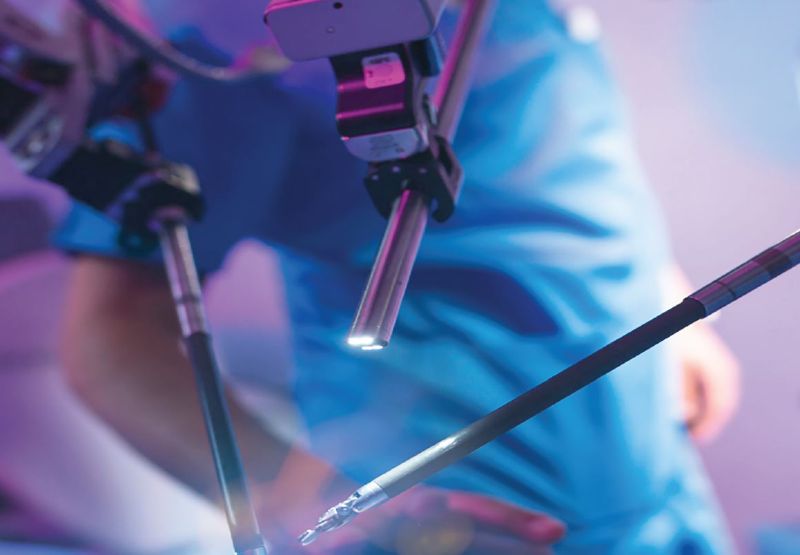Report shows how using robotic technology can help ensure that as many patients as possible are treated as soon as possible and to high standards of care.
PHIN has today published its latest report, ‘A Helping Hand 2025 – The use of robot-assisted surgery in the UK’, revealing a dramatic 626% increase in robotic-assisted procedures across the NHS and private sector between 2017 and 2024.
With over 100,000 procedures conducted in 2024 alone, the report highlights how robotic technology is transforming surgical care and delivering faster recovery times, fewer complications, and helping to reduce waiting lists.
Robot-assisted surgery uses a robot to assist the surgeon in performing a procedure. With extensive planning, involving surgical technicians, the robot supports the surgeon, allowing them to make the most of their time and skills.
The robot provides precise movements and enhances the surgeon's capabilities, often allowing for more precision and flexibility in complex surgeries. It's like having a high-tech assistant helping the expert surgeon during the operation.
Dr Ian Gargan, PHIN Chief Executive, said:
“This data shows just how far robotic-assisted surgery has come in the UK, from orthopaedics to urology, the benefits are clear: improved outcomes for patients and greater efficiency for providers.
“As outlined recently in the government’s 10-year plan for the NHS, technology has a key role to play in the health of UK citizens.
“It is therefore essential that we have data showing its use and impact. That way providers can maximise return on investment for the robotic technology and patients can get the optimum care and outcomes. PHIN is proud to be able to support this need.”
Key findings of ‘A helping hand’:
- Procedure growth: From 13,825 procedures in 2017 to 100,500 in 2024.
- Sector breakdown: NHS accounted for 286,000 procedures; private sector 59,000.
- Top providers: HCA International led with 21,200 procedures, followed by University College London Hospitals NHS Foundation Trust and Nuffield Health.
- Most common procedures: Prostatectomy remains the most frequent, with over 55,000 cases.
- Reduced Length of Stay: Robotic-assisted procedures consistently show shorter hospital stays compared to traditional methods.
The report also features a compelling patient story from Chester-based Paul Moss, who underwent robotic-assisted hip surgery at Nuffield Health Chester Hospital. Just five weeks post-operation, Paul was walking unaided and had regained his active lifestyle.
While the cost of robotic systems remains high, the report underscores the long-term value for hospitals and insurers. Systems like da Vinci, Stryker Mako, and VELYS are increasingly deployed across leading providers, with usage expanding into more procedures each year, including gynaecology and hepato-pancreato-biliary surgery.
With similar trends seen across Europe and ongoing advancements in AI integration, PHIN anticipates continued growth in robotic-assisted surgery. The report calls for data-driven investment decisions to ensure more patients benefit from this transformative technology.
